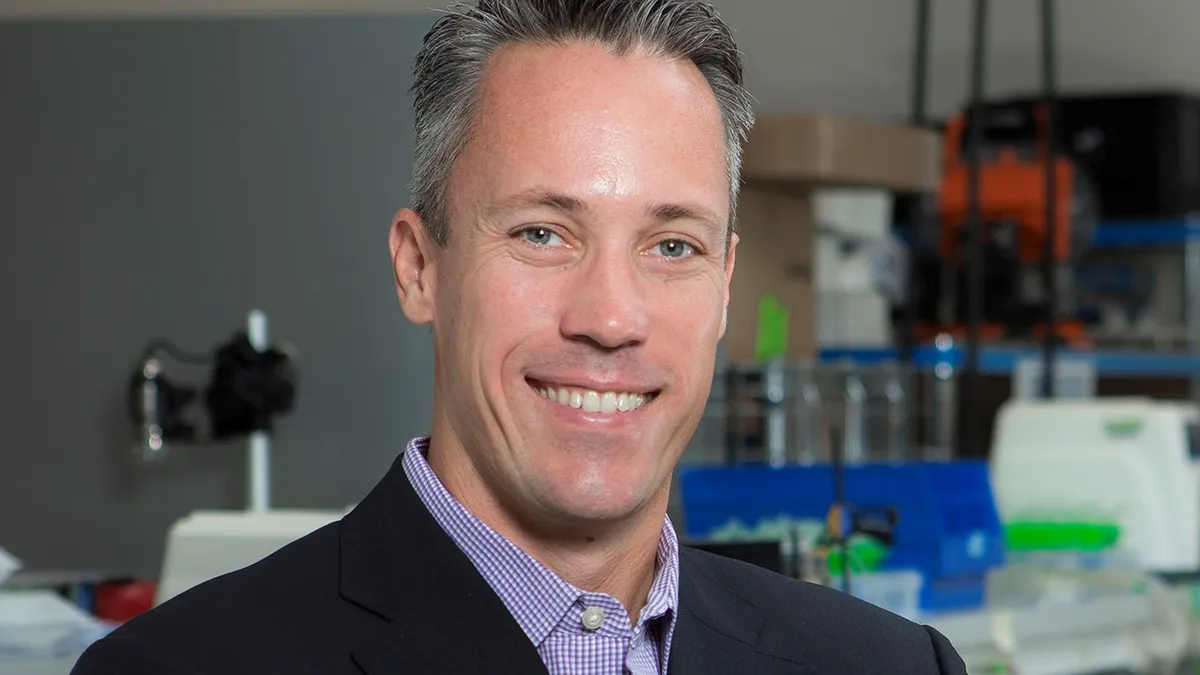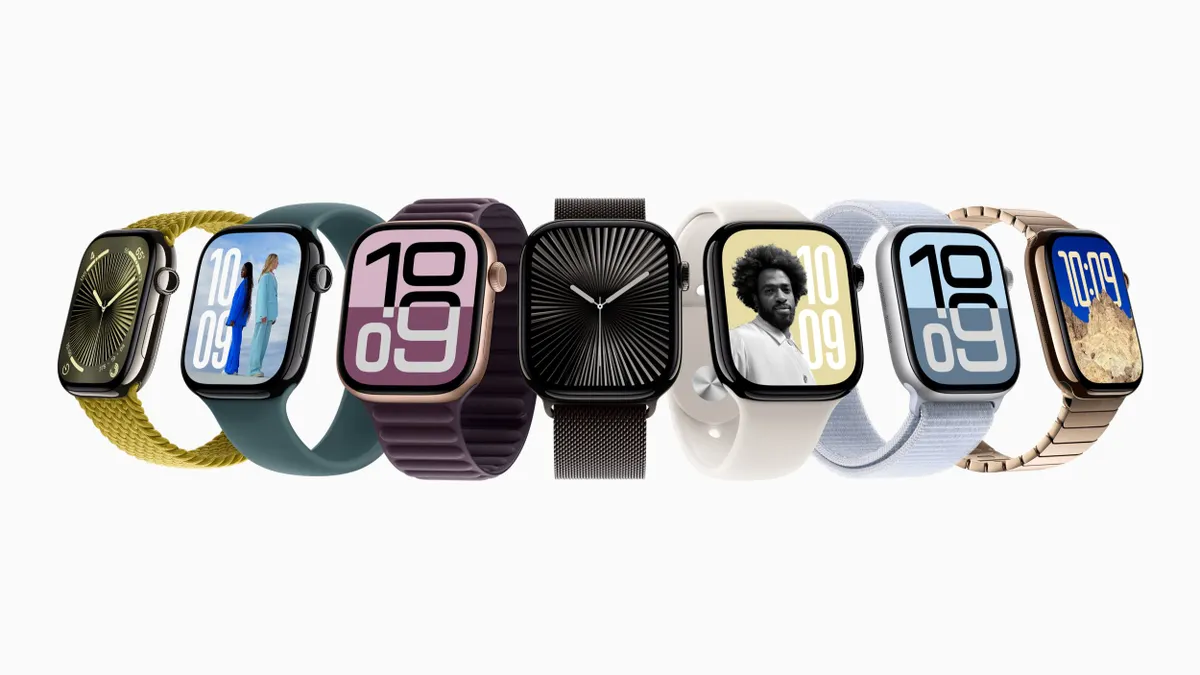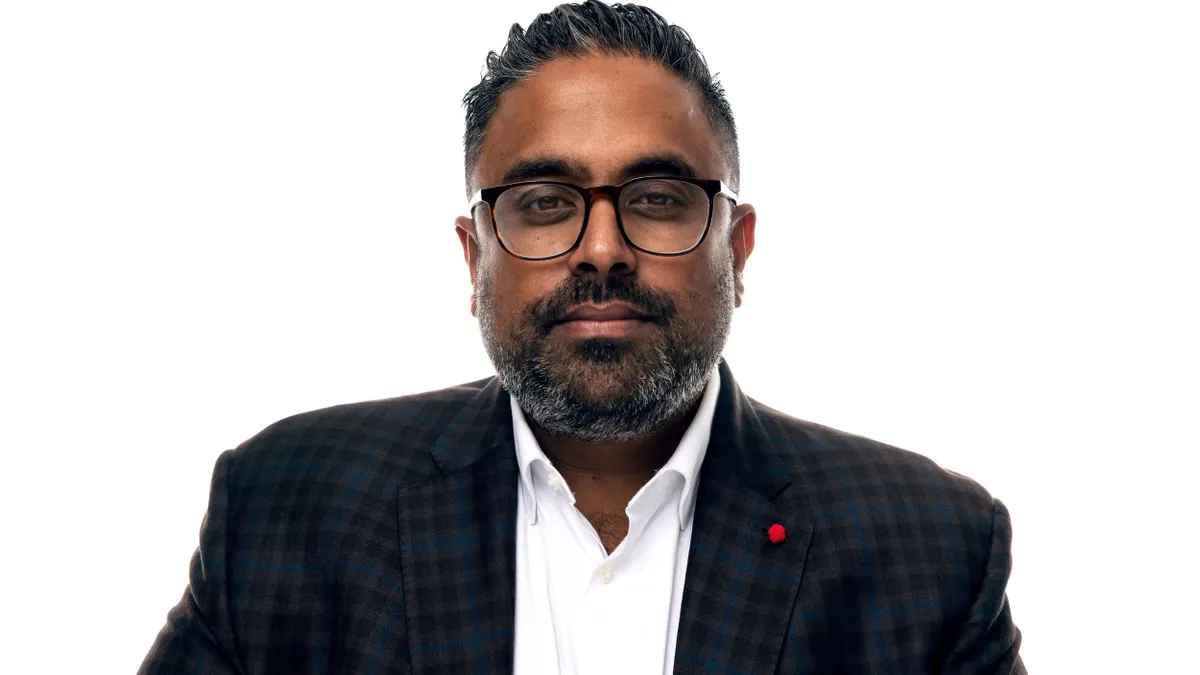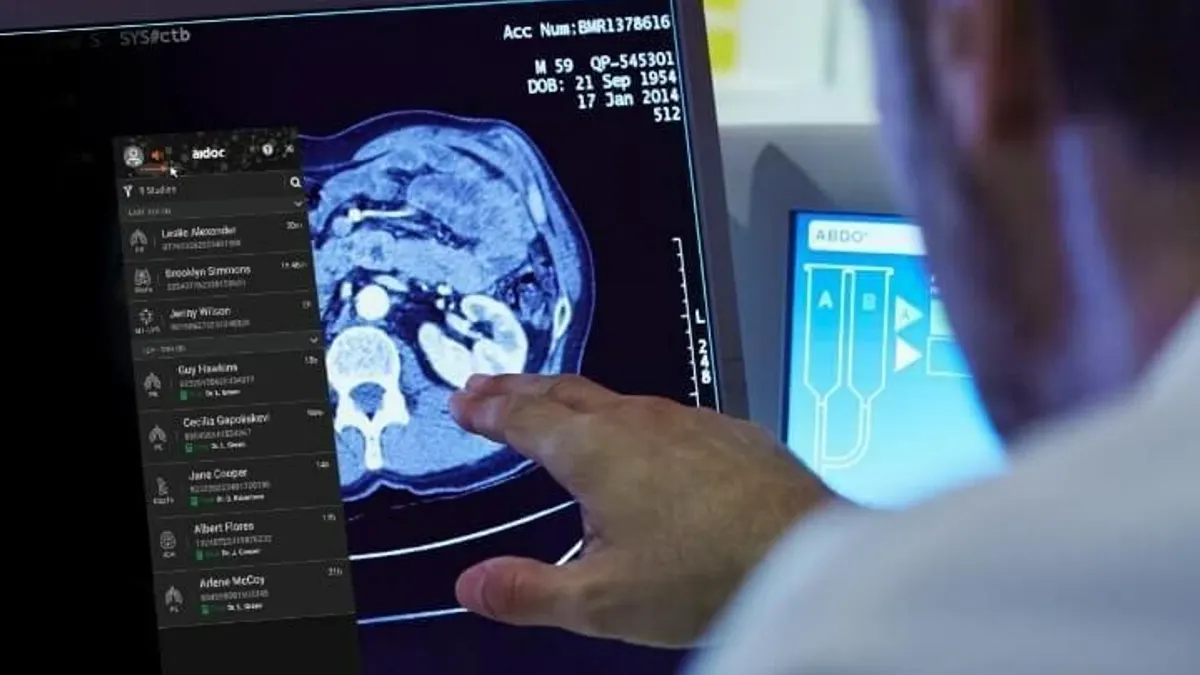Dexcom’s newest continuous glucose monitoring system, called G7, was released last quarter after receiving a CE mark in March.
While the product was originally expected in 2021, the company was forced to delay the launch as regulatory review continued.
Dexcom released G7 first in the U.K. and will expand the launch across Europe throughout 2022. Meanwhile, the CGM system currently is under review with the Food and Drug Administration for an eventual U.S. release.
Jake Leach, Dexcom’s chief technology officer, said in an interview that an FDA decision likely won't come until after the American Diabetes Association’s annual conference in June.
“But we do expect to launch it this year,” Leach noted.
CEO Kevin Sayer told investors on an April 28 earnings call that the company is going to have a "meaningful" release in the U.S. this year. He declined to provide a specific date for a decision but said that there have been no "showstoppers" that have come up in conversations with the FDA.
Other factors also will influence the adoption of G7, such as Insulet and Tandem Diabetes Care having their insulin pumps reviewed by regulators for compatibility with G7 for use in automated insulin delivery systems, according to Leach.
The executive also discussed the expansion of Dexcom One into new countries and capturing a new market with the product as well as expanding CGM use to non-diabetic users.
This interview has been edited for clarity and brevity.
MEDTECH DIVE: Can you provide an update on G7’s European launch, and talk about how the submission with the FDA is progressing?
JAKE LEACH: We’ve already initiated our limited launch. We started in the U.K., so we’ve had customers on the product for several weeks now. It’s kind of our trial run, to make sure we haven't missed anything in terms of product performance, technical support — all of the things that are required to support a brand new system.
The limited launch is going great. We plan to roll it out across Europe in the coming quarters, definitely this year.
The U.S. submission is going great. We’re in a period of back and forth with the FDA, answering lots of questions. It’s a big submission because we’ve changed lots of parts of the system. We do expect approval and a meaningful launch here in the U.S. this year. Probably no approval until after ADA, just based on timing. But we do expect to launch it this year.
What are some of the questions the FDA has come back to you about?
LEACH: Nothing specific. All the questions revolve around any of the new components of the system. They just want to understand them. We submit a significant volume of information around the validation of the product to ensure it meets all safety and efficacy requirements. So, often in those, they just have further questions, clarifying that the testing was done and ensuring that they’re comfortable with meeting the requirements.
We’ve been doing this for decades now, so we’re pretty adept at these submissions. It’s just the normal process of going through it.
In Europe, do you plan to go country by country? Or will you get to a point where you can launch in multiple countries at the same time?
LEACH: We usually do it in waves. We have countries that are grouped together in categories, often it has to do with language, which language is spoken in the country.
We do plan to replace the G6 system in all the markets it’s in with G7. We’re looking to upgrade all those markets with G7 as fast as we can. So, faster than what we’ve done with G6.
G6 has been launching in various geographies over the past three years, or closer to four years now. So, we do plan to do G7 a lot quicker than that.
How long will it take before G7 has fully replaced G6?
LEACH: A couple of things dictate that. When we get approvals in the different regions — once you get a CE mark, you have to do some in-country work. The bigger thing, actually, that’s going to drive G7 adoption is compatibility with automated insulin delivery systems. The G6 is compatible with both Insulet's Omnipod 5 as well as with Tandem's Control IQ technology.
We’re working with both of those groups to upgrade to G7. So, we’ll definitely support G6 as long as we need to. As soon as we have G7 approval, those folks will submit to get G7 approved with their algorithm. There will be a little bit of time there, so that’s one of the major components of the timeline for the G7 launch.
How has the Dexcom One launch been going? It’s a newer product, but it’s expanding into new countries. Has the response been surprising?
LEACH: It’s new for Dexcom. It’s an approach that we’re taking to really expand our global footprint. For many years, Dexcom CGMs have been available globally, but it’s kind of been available for a subset of the market that are considered higher risk, like children or people with hypoglycemia unawareness, which is when they can't feel when their glucose is low. So, G6 is a perfect product for them because it has features like automated insulin delivery and remote monitoring.
But there was a large population that didn't have access to CGMs. Dexcom One really has been targeted as the right product for that broader customer segment.
We’re not surprised by the success, but we’re very encouraged by it. We launched it originally last year in Bulgaria, Estonia, Lithuania and Latvia, and we’ve seen great patient uptake and improvements in their time in range as they’ve worn the product. But now that the product is available at a lower price point in some of these countries, there is reimbursement coming. So, that's opening a little faster than we expected.
Has Dexcom quantified the size of that market that Dexcom One can reach, or projected what the product could add in terms of revenue?
LEACH: I don’t have specific numbers, but I can tell you that just this year, we’ve expanded access to CGMs by more than a million people in these core and additional global markets. That’s a trend that we expect to continue as we keep opening up more and more access for continuous glucose monitoring as the standard of care around the globe.
The U.K. just recently updated its guidelines. Previously, real-time CGM was only available to a certain segment of the Type 1 population. Now, they basically said that all people with Type 1 diabetes in the U.K. should have access to the product. It’s following in line with what we’ve seen in the United States.
Does Dexcom One’s e-commerce platform allow the company to keep building upon it, possibly offering all its products directly to consumers?
LEACH: That’s kind of the future vision of where we believe this is headed — that e-commerce platform was specifically designed to be scalable across the globe. We’re already starting to do that. In certain countries, products require prescriptions. In those environments, we feel that the pharmacy is probably a better way to go get it. In the United States, a large portion of our product is accessed by customers through a pharmacy.
Each country is a little different, but we do feel that e-commerce is a really important part of the offering to make the products available to more and more people that can benefit.
Will Dexcom One be offered in every market the company is in?
LEACH: I don’t know if I’d say it would be every single market, but we are certainly evaluating all the different opportunities now that we have this multi-product environment and a portfolio of products.
We’re looking to see where’s the right place to go next. There are tons of opportunities out there. Dexcom One is just in the beginning stages of its rollout across the globe. I think there are many countries where it will make sense to have both products available, and so, more to come.
Is the company looking at expanding to non-diabetic CGM users?
LEACH: It’s definitely an opportunity. Today, we’re very focused on diabetes, and really increasing access and growing our customer base around the globe. But as that continues to expand, you start to look at the opportunities in the non-diabetes space. I think there’s a tremendous opportunity there to unlock.
One of the things that CGMs provide is real-time feedback and allows you to make behavior changes based on what you eat, how you eat it, diet and exercise. It gives you immediate feedback of how the choices you make impact your glucose, which is something a lot of people don’t have. If you’re not wearing a CGM, you don’t have that information. I think there’s a great opportunity to help people live healthier by giving them that feedback.
And in athletics, as you mentioned, it’s a similar thing, where you can really look at performance and recovery based on glucose trends.
It’s still in the early days in those types of populations, but there are groups doing research there. We’re staying real close to it and expect it’s going to be something that’s part of Dexcom’s future for sure.





















